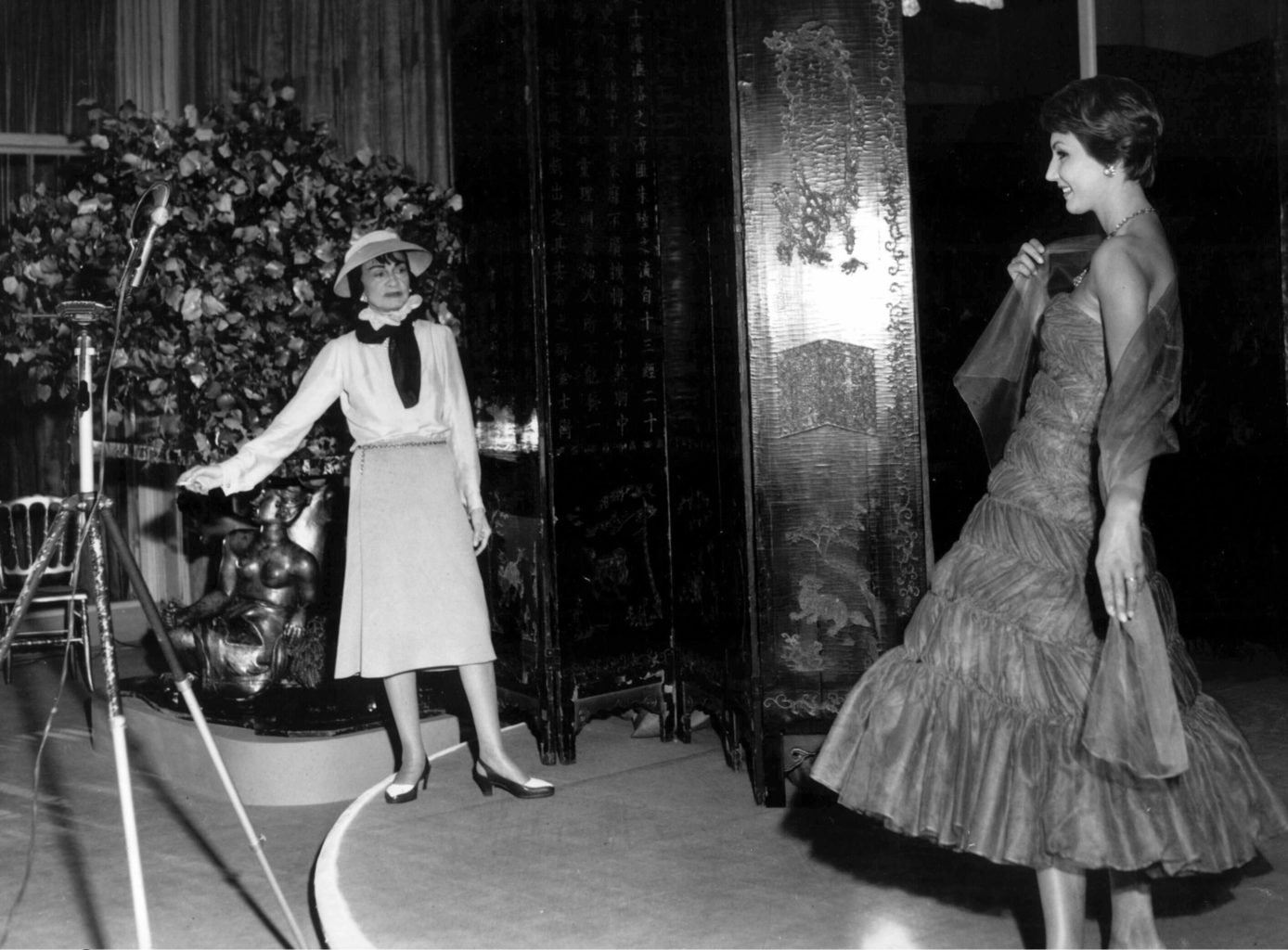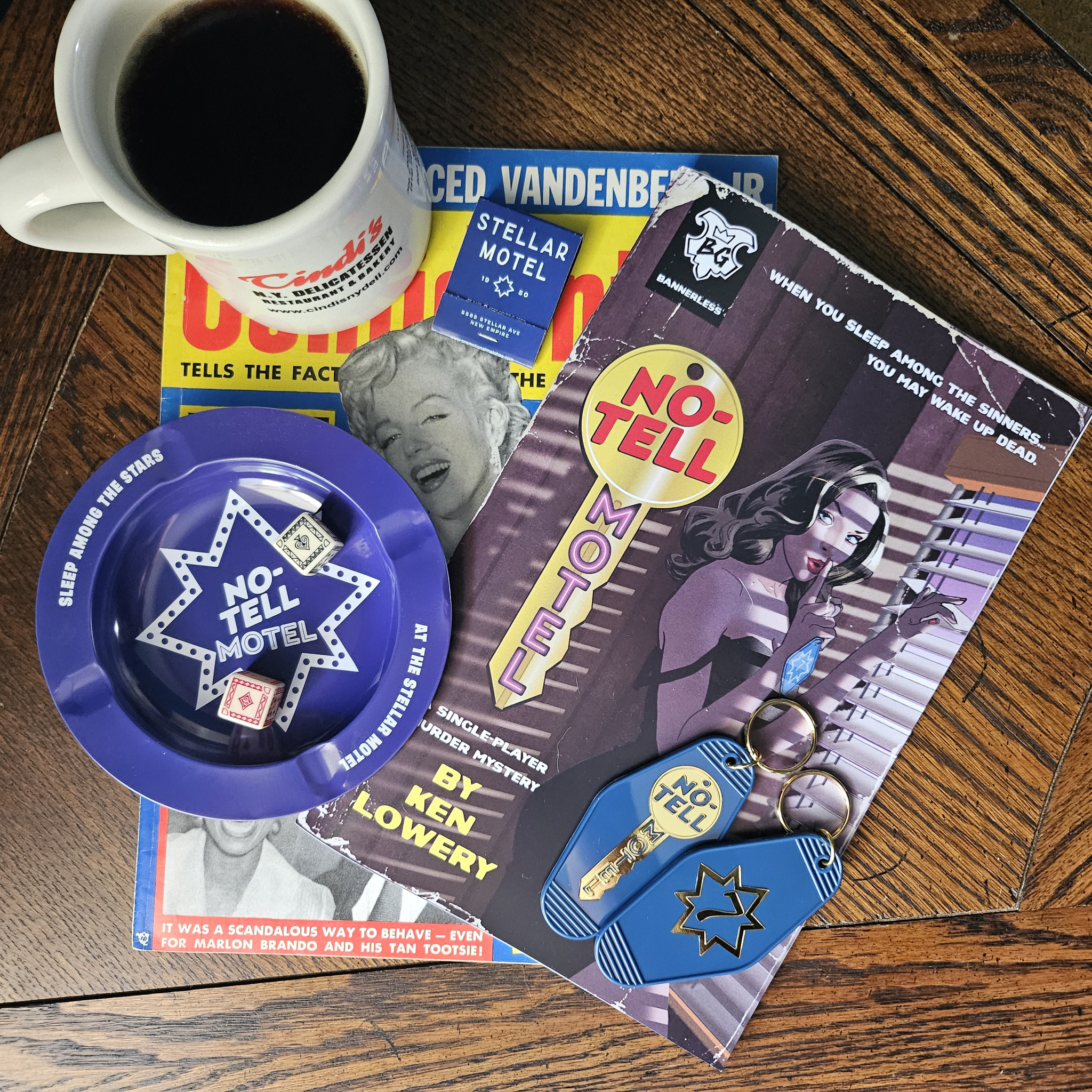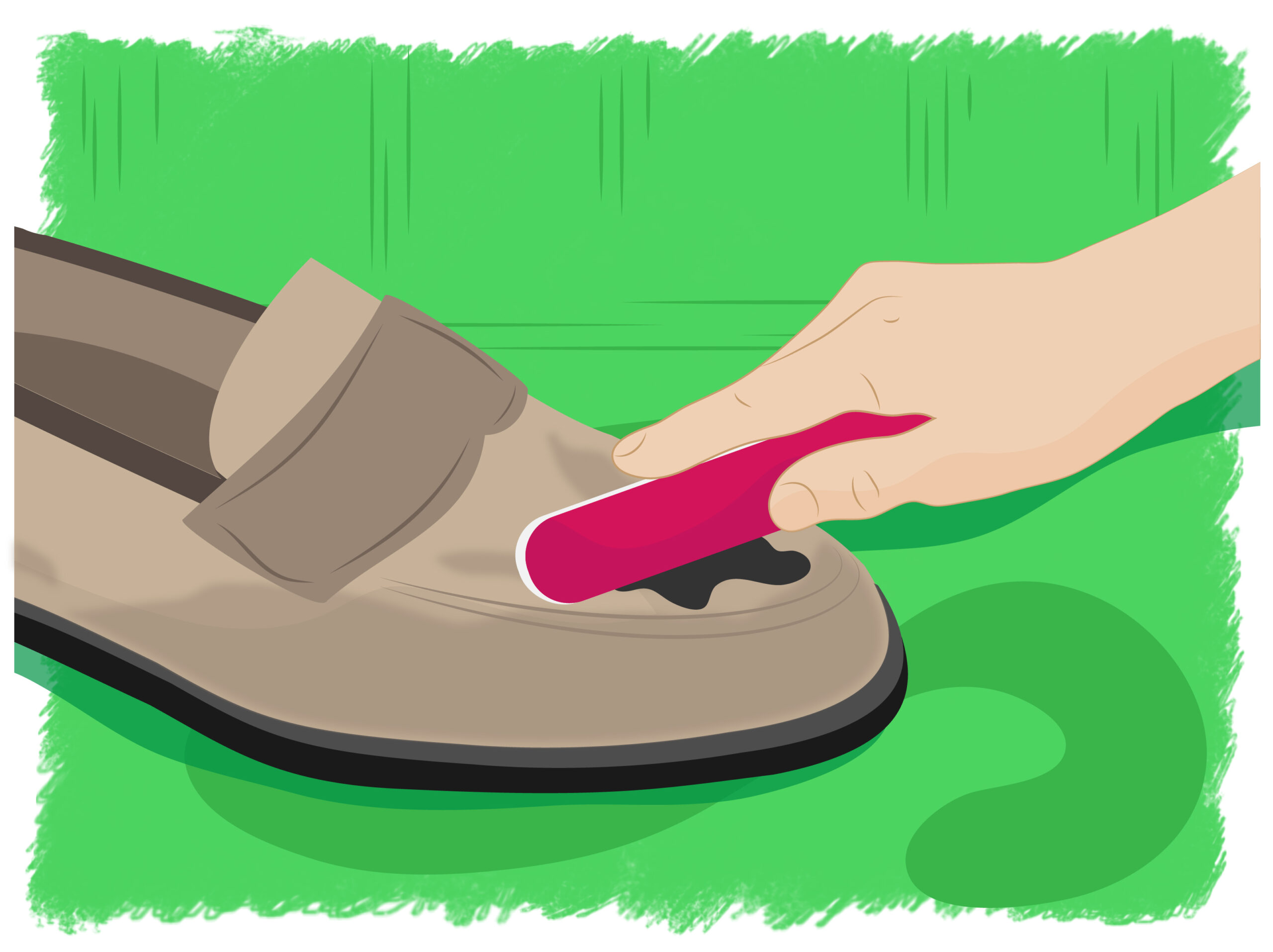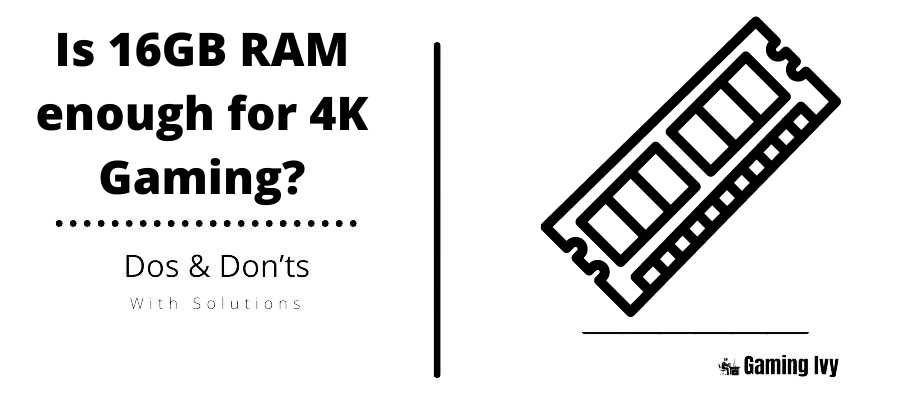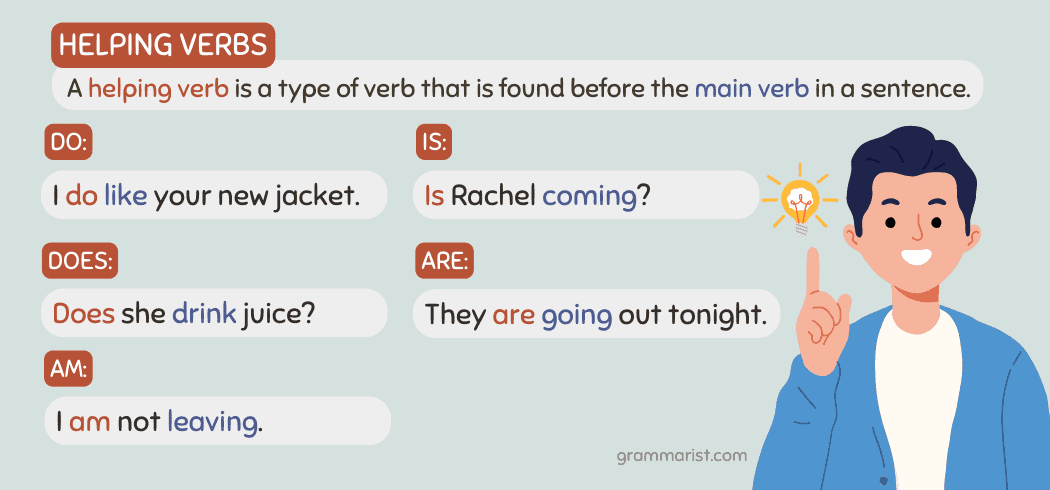Navigating Business Casual: Shoes, Jumpsuits, Joggers & Corduroy Decoded for Modern Workplaces
Understanding Business Casual: The Modern Standard
Business casual is a versatile dress code that blends traditional business attire with relaxed elements, allowing for comfort while maintaining professionalism. The definition varies by company, location, and industry, but the core principle remains: clothing should be neat , put-together , and workplace-appropriate -without the need for a full suit or formal shoes [1] , [2] . Common staples include slacks, khakis, dress shirts or blouses, and closed-toed footwear. However, as work cultures evolve, the boundaries of business casual are shifting, prompting questions about specific items like Converse, jumpsuits, Vans, joggers, and corduroy.
Are Converse Shoes Business Casual?
Converse sneakers , especially classic Chuck Taylors, are iconic for their casual style. In most traditional office settings, Converse are not considered business casual because they are athletic-inspired shoes, which are typically excluded from standard business casual dress codes [1] , [2] . However, some creative industries or tech startups with relaxed dress codes may permit clean, low-top Converse if paired thoughtfully with smart pants and a blazer. If you are unsure, observe what others wear or consult your employer’s policy. When in doubt, opt for loafers, Oxfords, or other closed-toe business shoes for assured compliance.
Implementation steps:
- Check your company’s dress code guidelines or employee handbook.
- If not specified, observe what your colleagues wear in the office.
- For interviews or client-facing roles, choose more traditional business footwear.
Alternative approaches:
Consider minimalist sneakers in neutral colors if your workplace is open to modern interpretations of business casual.
Is a Jumpsuit Business Casual?
Jumpsuits have become increasingly popular in workplace attire due to their versatility. Whether a jumpsuit is business casual depends on its design and fabric. A tailored jumpsuit in a solid color, made from dressy materials like crepe or wool, can fit into business casual environments-especially when paired with a blazer or professional accessories. Avoid denim, athletic, or overly embellished jumpsuits, as these are usually seen as too informal [4] . Knee-length and long-sleeved jumpsuits tend to be more appropriate than short or sleeveless versions.
Practical guidance:
- Opt for tailored, neutral-colored jumpsuits and avoid casual fabrics.
- Add a blazer or cardigan for extra professionalism.
- Pair with business-casual shoes and simple accessories.
Example:
A navy crepe jumpsuit with a fitted blazer and black flats creates a polished business casual look.
Potential challenges: Jumpsuits may pose sizing or fit issues-try on different styles, and prioritize comfort and coverage.

Source: mynavyexchange.com
Are Vans Business Casual?
Vans shoes, like Converse, are generally considered casual footwear. Most business casual dress codes do not include athletic-inspired sneakers, even if they are clean and simple [1] , [2] . Some creative or tech workplaces may allow plain, low-profile Vans in neutral colors, but this is not guaranteed. For client meetings or formal presentations, traditional business shoes are preferred.
Action steps:
- Look for direct guidance from your HR department or leadership team.
- If workplace culture is ambiguous, err on the side of dressier footwear.
Alternative approaches:
Consider slip-on loafers or dressy flats as reliable business casual options.

Source: pinterest.com.au
Are Joggers Business Casual?
Joggers , designed for athletic or loungewear, are rarely accepted as business casual. Most professional settings view joggers as too informal, even when styled with upscale tops or blazers. Exceptions exist in extremely relaxed or remote settings, but the majority of offices expect slacks, chinos, or tailored trousers [3] , [4] . If your company does permit joggers, choose versions made from dressy fabrics in solid colors and pair with smart shoes and shirts.
How to approach:
- Confirm with management before wearing joggers to work.
- Choose tailored joggers in professional fabrics, not athletic materials.
- Pair with structured tops to balance the look.
Key takeaway:
Traditional slacks or khakis are a safer choice for business casual environments.
Is Corduroy Business Casual?
Corduroy is a textured fabric that can be styled for business casual if chosen wisely. Corduroy pants, blazers, or skirts in dark, neutral colors and tailored fits are generally acceptable in business casual settings [5] . Corduroy is especially popular in colder months, offering warmth and a polished appearance. Avoid baggy, brightly-colored, or distressed corduroy pieces.
Implementation guidance:
- Opt for corduroy trousers or blazers in black, navy, or brown.
- Pair with crisp shirts or blouses and classic shoes.
- Keep accessories simple for a refined look.
Example:
A tailored camel corduroy blazer over a white blouse and navy chinos creates an elevated business casual ensemble.
Steps for Adapting to Your Workplace
Because business casual is subject to interpretation, you can ensure compliance and confidence by:
- Reviewing your employee handbook for specific guidance on permitted attire.
- Observing peers : Note what successful colleagues wear and how managers respond to different outfits.
- Consulting HR or leadership if you have questions about specific items like sneakers, jumpsuits, or joggers.
- Dressing up for interviews or client-facing events, even if your office is generally relaxed.
If official company resources do not exist online, ask your HR department for written policies or sample visuals. Many organizations periodically update dress codes; feedback is often welcome.
Alternative Pathways and Solutions
If your workplace does not have a clear dress code or you work in a hybrid/remote role, you can:
- Choose attire based on the day’s activities-dressier for meetings, more relaxed for solo work.
- Ask for feedback from supervisors on your outfit choices.
- Look for industry-specific recommendations or search “business casual examples” with your profession for tailored guidance.
Key Takeaways
The boundaries of business casual are evolving, but Converse and Vans are usually not considered business casual outside the most creative industries. Jumpsuits can work if tailored and made from dress fabrics. Joggers remain largely too informal, while corduroy is accepted when styled professionally. Always defer to company policy and choose more formal options when in doubt. For implementation, seek out written policies, observe colleagues, and leverage HR guidance for clarity.
References
- [1] Connecteam (2025). Business Casual Dress Code: Tips and Examples.
- [2] Indeed (2025). What Is Business Casual Attire? With Examples and Tips.
- [3] TheStreet (2024). What is business casual attire?
- [4] MSU Career Network (2023). What Does Business Casual Really Mean in 2023?
- [5] Emily Post (2025). Attire Guide: Dress Codes from Casual to White Tie Formal.
MORE FROM savvysc.com
